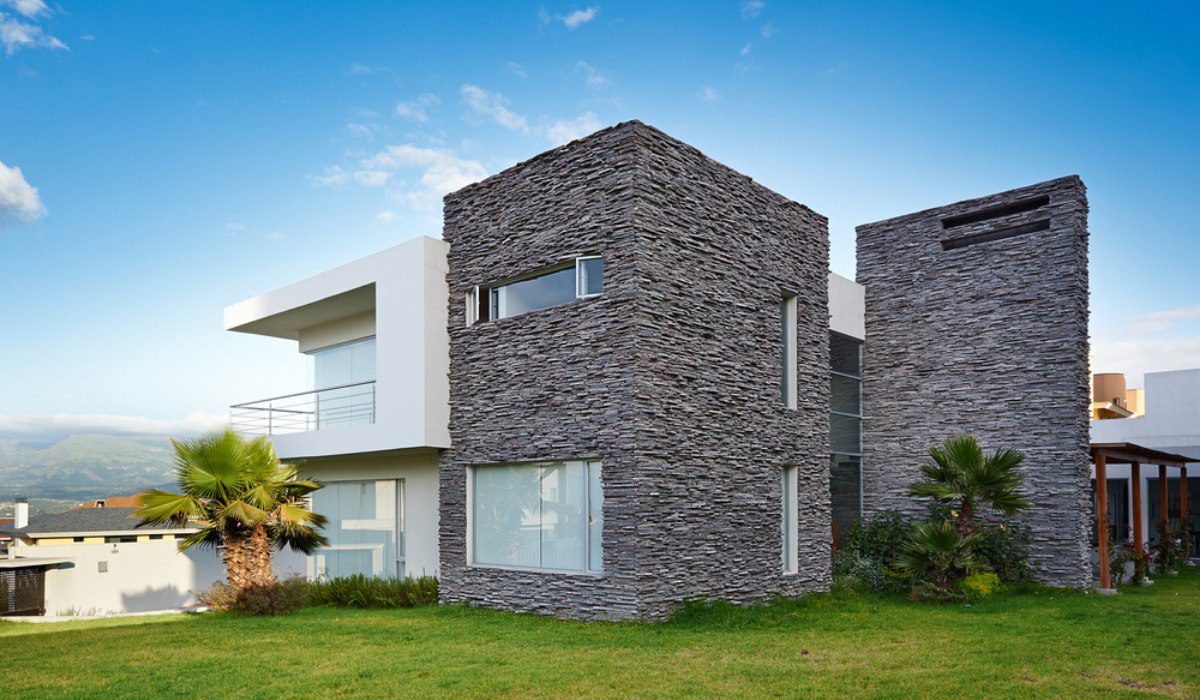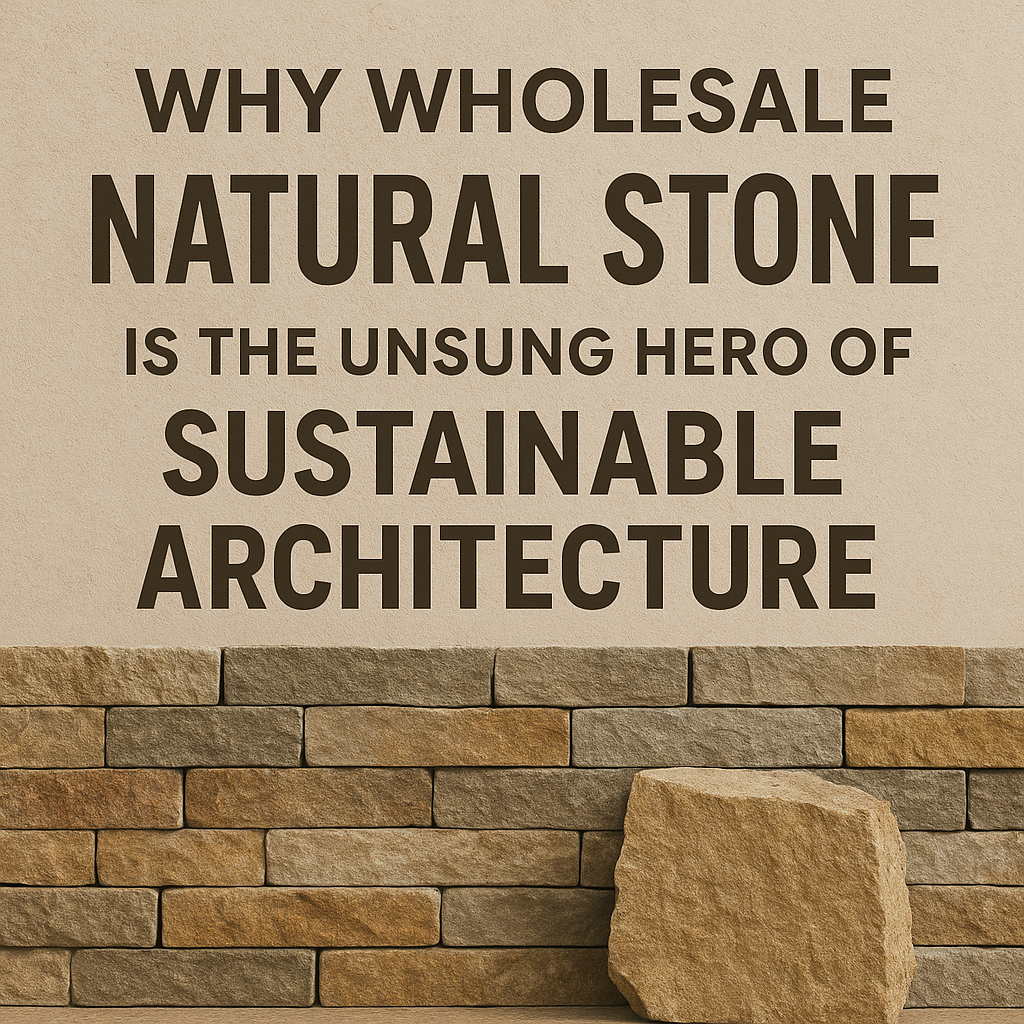I. Introduction
In the ever-evolving landscape of construction and design, the emphasis on sustainable and eco-friendly practices has become paramount. One such environmentally conscious choice gaining popularity is natural stone cladding. This article delves into the myriad environmental benefits that make natural stone an ideal material for cladding projects.
II. Environmental Impact of Traditional Cladding Materials
Before exploring the virtues of natural stone cladding, it’s essential to understand the environmental impact of conventional cladding materials. Common materials like concrete, aluminum, and synthetic composites often contribute to ecological concerns due to resource-intensive manufacturing processes and limited recyclability.
III. Natural Stone Cladding: An Eco-Friendly Choice
Natural stone cladding distinguishes itself by offering a sustainable alternative. The sourcing of natural stone involves minimal environmental disruption compared to the extraction and processing of other materials. This, coupled with its longevity and durability, makes it an eco-friendly choice.
IV. Energy Efficiency and Insulation
The thermal mass properties of natural stone contribute to energy efficiency in buildings. By absorbing and retaining heat, it helps regulate indoor temperatures, reducing the need for excessive heating or cooling. This, in turn, positively impacts overall energy consumption.
V. Biodiversity and Habitat Preservation
Unlike traditional quarries that may leave lasting scars on landscapes, responsible quarrying practices for natural stone prioritize rehabilitation and preservation of local biodiversity. This not only minimizes the ecological footprint but actively contributes to habitat conservation.
VI. Reduced Chemical Use
Comparatively, the production of natural stone cladding involves fewer chemicals than synthetic alternatives. This not only ensures a healthier living environment but also prevents the release of harmful substances into the air and water during the cladding’s lifecycle.
VII. Aesthetic Appeal and Design Flexibility
Beyond its ecological advantages, natural stone cladding offers a diverse range of aesthetics, blending seamlessly with various architectural styles. This flexibility allows designers and builders to create visually appealing structures while prioritizing environmental responsibility.
VIII. Maintenance and Life Cycle Analysis
Natural stone cladding boasts minimal maintenance requirements, contributing to its long-term cost-effectiveness. A life cycle analysis reveals that the initial investment in natural stone pays off over time, considering the reduced need for repairs and replacements.
IX. Popular Applications of Natural Stone Cladding
The versatility of natural stone cladding finds application in both residential and commercial projects. From enhancing the curb appeal of homes to adding a touch of sophistication to public spaces, its popularity continues to grow across diverse settings.
X. Case Studies
Several successful projects showcase the practicality and beauty of natural stone cladding. Examining these case studies provides tangible evidence of its application, demonstrating how it can elevate the aesthetics and sustainability of various structures.
XI. Challenges and Solutions
While the environmental benefits are clear, challenges exist, including concerns about the cost of natural stone cladding and sustainable quarrying practices. This section addresses these issues and presents viable solutions to encourage wider adoption.
XII. Regulatory Support and Certification
Recognizing the importance of sustainable building practices, industry standards and certifications play a crucial role. This section explores existing certifications and government initiatives supporting the use of natural stone cladding.
XIII. Consumer Awareness
Educating consumers about the environmental benefits of natural stone cladding is essential. By understanding the positive impact of their choices, consumers can contribute to a more sustainable construction industry.
XIV. Future Trends and Innovations
The article anticipates future trends and innovations in sustainable cladding technologies, highlighting the industry’s commitment to continuous improvement and meeting evolving environmental standards.
XV. Conclusion
In conclusion, the environmental benefits of natural stone cladding position it as a leading choice in the quest for sustainable building materials. Its positive impact on biodiversity, energy efficiency, and aesthetics make it a compelling option for environmentally conscious designers, builders, and homeowners.
FAQs
Is natural stone cladding expensive compared to other materials?
- Natural stone cladding may have a higher upfront cost, but its long-term durability and minimal maintenance make it cost-effective over the building’s lifecycle.
How can consumers contribute to sustainable building practices through natural stone cladding?
- Choosing natural stone cladding for construction projects and advocating for sustainable practices in the industry are powerful ways consumers can contribute.
Are there any regulations promoting the use of natural stone cladding?
- Yes, several industry certifications and government initiatives encourage the use of sustainable building materials, including natural stone cladding.
Does natural stone cladding require specialized maintenance?
- No, natural stone cladding generally requires minimal maintenance. Regular cleaning and inspections are usually sufficient to preserve its appearance and durability.
What are the key considerations when selecting natural stone for cladding?
- Factors such as the type of stone, its sourcing, and the intended aesthetic and functional requirements are crucial considerations when choosing natural stone for cladding.





